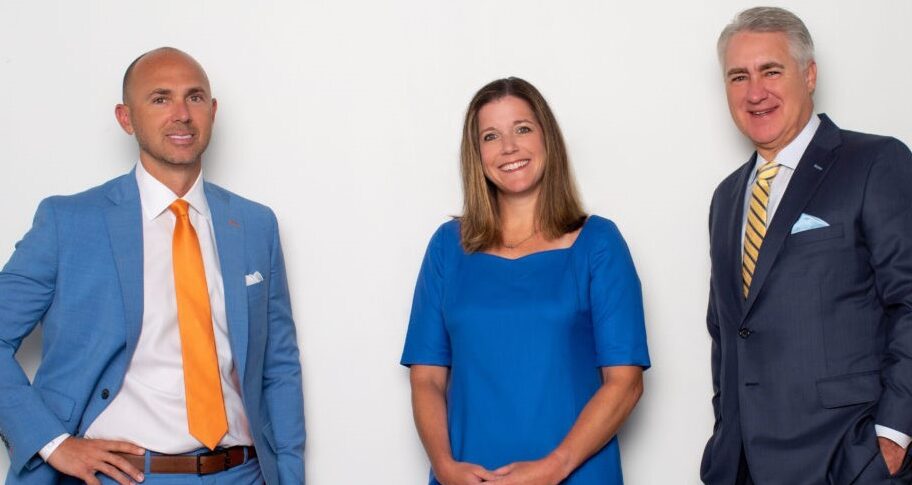Fractured Bone Injuries
Broken bones are a common type of personal injury, which can occur as the result of slips and falls or due to car accidents involving other motorists, bicyclists, and pedestrians. While painful, the regularity with which they occur often causes victims to underestimate their serious nature. Without proper medical treatment and ongoing follow up care, complications can arise that result in permanent disabilities.
Treatment for Broken Bones
According to the American Academy of Orthopedic Surgeons (AAOS), despite their rigid nature skeletal bones are generally somewhat flexible, and it can take significant force or impact for them to break completely in half. Even when they do, the edges may not line up together, or the brake may run vertically, rather than horizontally. With more severe impacts, the bone may actually splinter or shatter into multiple pieces, making it even more difficult to repair. Depending on the type of injury suffered, treatment for broken bones may include:
- Functional brace: This allows for some flexibility in the body part, while providing the support bones need to heal.
- Cast immobilization: A cast may be used to keep the bone sections firmly in place and to prevent them from being jarred by other body movements.
- Traction: Elevating the injured area and using a steady, pulling action can help to align broken bones together.
- External fixation: Through a surgical procedure, metal pins and screws are used to stabilize the bone, so it heals evenly.
- Open reduction and internal fixation: In this procedure, a surgeon either removes or repositions pieces of the broken bone, using metal plates or rods to rebuild it into the proper shape.
Complications of Broken Bones
Whether a broken bone requires a cast or a more intensive surgical procedure, lining the bones together properly and monitoring the fracture regularly is crucial in preventing potentially permanent disabilities. Experts advise that in addition to bone deformities, complications that can result from a broken bone include:
- Nerve and tissue damage
- Wound infection
- Fracture blisters
- Vascular injuries, which put pressure on arteries and disrupt blood flow
- Visceral injury due to bone fragments which cause damage to body organs near the fracture site
Other complications depend on where the break occurs and the age or health of the patient. For example, broken ribs can lead to an increased risk of pneumonia, while a broken hip in an older adult can result in a loss of mobility that hastens an overall more rapid decline.
Contact Our Firm for Help
Getting the proper treatment and taking the time you need is crucial in healing from a broken bone. A personal injury lawyer, like a personal injury lawyer, can provide the professional legal representation you need to get compensation for ongoing medical expenses, lost wages, and other costs you incur during your recovery. To discuss your case with our skilled personal injury attorneys, call our office and request a consultation today.





Sorry, the comment form is closed at this time.